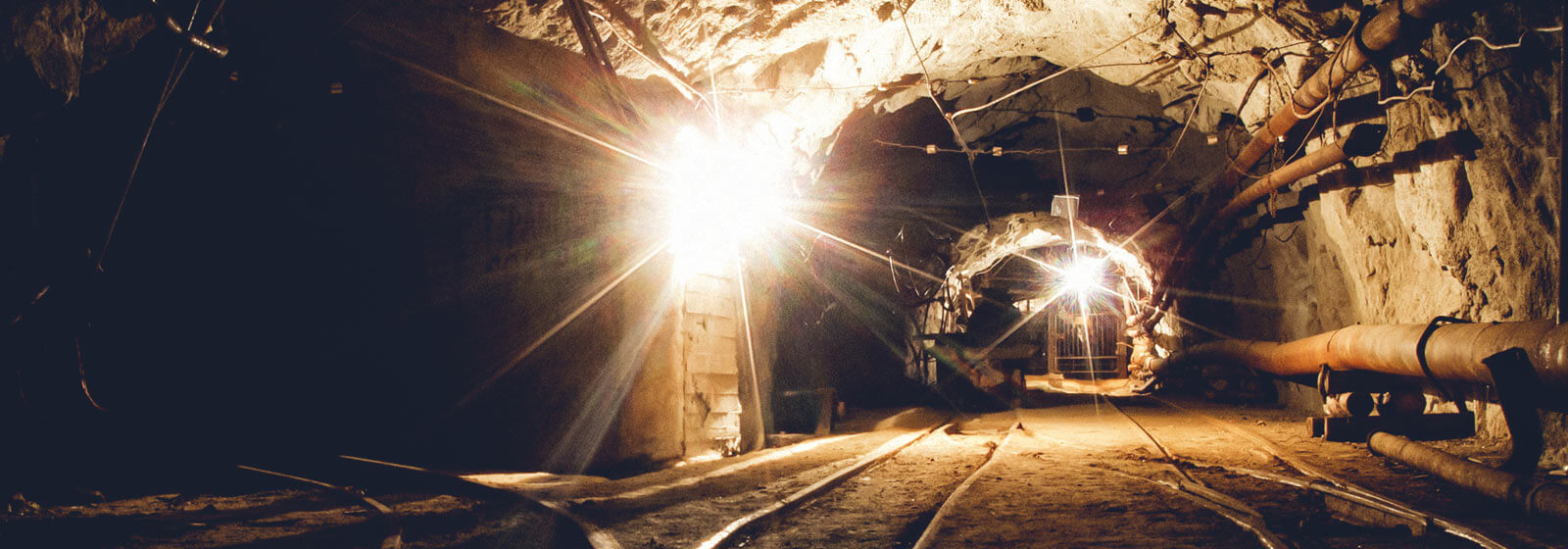What are the different ways that gold’s mined? What happens once it’s extracted? How does it go from ore to a form where it can be used as a useful storage of wealth? This article on the journey of gold aims to answer these very questions.
Gold has a long history. For instance, some of the oldest golden artefacts discovered date back to earlier than 4000 BC. For nearly 6,000 years, humans have used gold to demonstrate their prosperity. In troubled times, people have often used it as a way to protect their wealth. Used for trading throughout long periods of history, it eventually became currency, cementing its role in everyday life. Even early civilisations used standards for purity and weight to protect the value in gold.
Mankind has long been attracted to gold’s entrancing properties, so getting it out of the ground has been a skill that has been developed over thousands of years.
How is Gold Mined?
Gold mining takes place all over the world, on every continent apart from Antarctica, and there are four different ways in which to do it.
1. Placer Mining
This is mining in a stream bed for gold deposits. Placer mining takes advantage of gold’s high density, which causes it to sink away from the minerals with which it’s found. Place mining includes old fashioned techniques like panning for gold in streams, as well as more modern techniques, such as sluicing, where a ditch cut in hard gravel or rock is used to channel a stream of water and gold-bearing gravel is carried. Rivets placed along the bottom of the sluice cause the water to whirlpool into small basins, slowing the current so that gold can settle and can be discovered.
2. Hard Rock Mining
This is how the majority of the world’s gold is mined. It’s the process of using open pit or underground mining tunnels to recover gold straight from the rock where it was once formed. An example of this type of mining is South Deep in Johannesburg, South Africa. It’s reportedly recovered 81.5M oz. of gold to date, and is expected to continue production until 2080.
3. By-Product Mining
Just as the name sounds, this is where the primary goal of the mine wasn’t to recover gold, but other resources such as copper, sand and gravel. The largest mine of this kind is Grasberg in Papa, Indonesia, which was originally developed for extracting copper and was found to contain more than 100M oz. of gold.
4. Processing Gold Ore
This is finely crushed rock or earth that contains traces of gold, which is then extracted using chemical processes.
Does Gold Only Come From Mines?
There is also a large secondary source of gold: the recycled gold market. This is gold that has been previously refined, and can come from a variety of sources including high-value sources like jewellery, catalytic converters and circuit boards. It’s also far more environmentally friendly than mining for new gold. Recycled gold accounts for about one third of the total supply, according to the World Gold Council.
What Happens Once it’s Extracted?
Once the gold is extracted from the mine or from a secondary source, it can then be refined to separate it from any impurities. The higher the refinement, the finer the gold. The fineness of gold refers to the ratio by weight of the primary metal to any added base metals or impurities. This fineness is generally rounded to a three-figure number. For example, a fine gold piece which contains 99.9 percent gold would be labelled 999 or .999. The end result is then melted into gold ingots, cast bars or coins.
All of The Royal Mint’s gold bullion is sourced from London Bullion Market Association (LBMA) Good Delivery approved sources.





